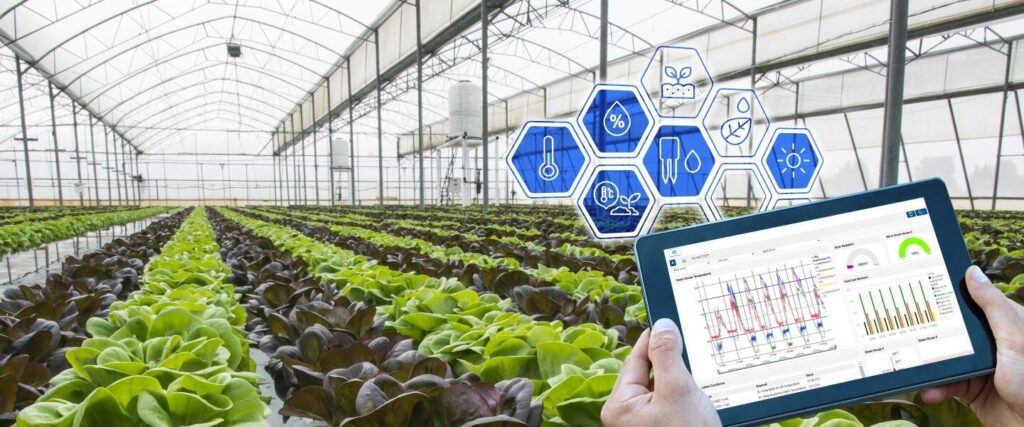Agricultural monitoring is undergoing a significant transformation with the integration of AI technologies such as image segmentation, sensor fusion, and predictive analytics. These AI models and frameworks are revolutionizing the way farmers manage crops, monitor soil health, and predict agricultural outcomes.
Image Segmentation
Image segmentation is a crucial AI technique in agricultural monitoring, enabling precise identification and analysis of crops and soil conditions. Drones equipped with advanced computer vision AI can capture high-resolution aerial images of fields. These images are then processed to segment different regions, identifying areas affected by diseases, pests, or nutrient deficiencies. For instance, AI models can detect the stages of wheat growth and the ripeness of tomatoes with high accuracy, outperforming traditional human observation methods[5].
Sensor Fusion
Sensor fusion involves combining data from multiple sensors to provide a comprehensive view of agricultural conditions. IoT sensors deployed in fields monitor various parameters such as soil moisture, temperature, and humidity. By integrating this sensor data with AI algorithms, farmers can make real-time decisions about irrigation and fertilization. Autonomous crop management systems use this data to optimize water usage and ensure sustainable farming practices[2]. Additionally, AI can detect leaks in irrigation systems by analyzing changes in water flow and pressure, preventing water waste and crop damage[2].
Predictive Analytics
Predictive analytics leverages historical and real-time data to forecast future agricultural trends and outcomes. AI models can predict crop yields, identify potential diseases, and recommend optimal planting times. This helps farmers minimize risks and improve productivity. For example, AI can analyze the chemical composition of soil samples to determine nutrient deficiencies and suggest corrective measures[3]. Predictive models also assist in supply chain management by forecasting demand and adjusting supply strategies to reduce waste and ensure timely resource distribution[4].
Applications and Benefits
-
Crop and Soil Monitoring: AI models analyze soil conditions and crop health, providing actionable insights to enhance yield and quality. Computer vision systems can diagnose disease severity and detect pests with high accuracy[5].
-
Automated Irrigation Systems: AI algorithms, combined with IoT sensors, enable autonomous irrigation, conserving water and promoting sustainable agriculture[2].
-
Risk Management: Predictive analytics reduces errors in farming processes, helping farmers make informed decisions and manage risks effectively[3].
-
Plant Breeding and Health Analysis: AI utilizes plant growth data to advise on resilient crops and analyze soil health, identifying nutrient deficiencies and predicting diseases[3].
-
Harvesting: AI enhances crop yields by predicting the best time to harvest, ensuring optimal quality and reducing losses[3].
The integration of AI in agricultural monitoring not only improves efficiency and productivity but also supports sustainable farming practices. By leveraging technologies like image segmentation, sensor fusion, and predictive analytics, the agriculture industry can address the challenges of increasing food demand and climate change, paving the way for a smarter and more resilient agricultural future.
Further Reading
1. Crop monitoring & AI: The future of agriculture – NILG.AI
2. AI in Agriculture and Farming: Revolutionizing Crop Growth – Intellias
3. Artificial Intelligence | NIFA
4. 7 Applications of AI in Agriculture | 2024 Updated | BasicAI’s Blog
5. AI in Agriculture: 8 Practical Applications [2024 Update]


